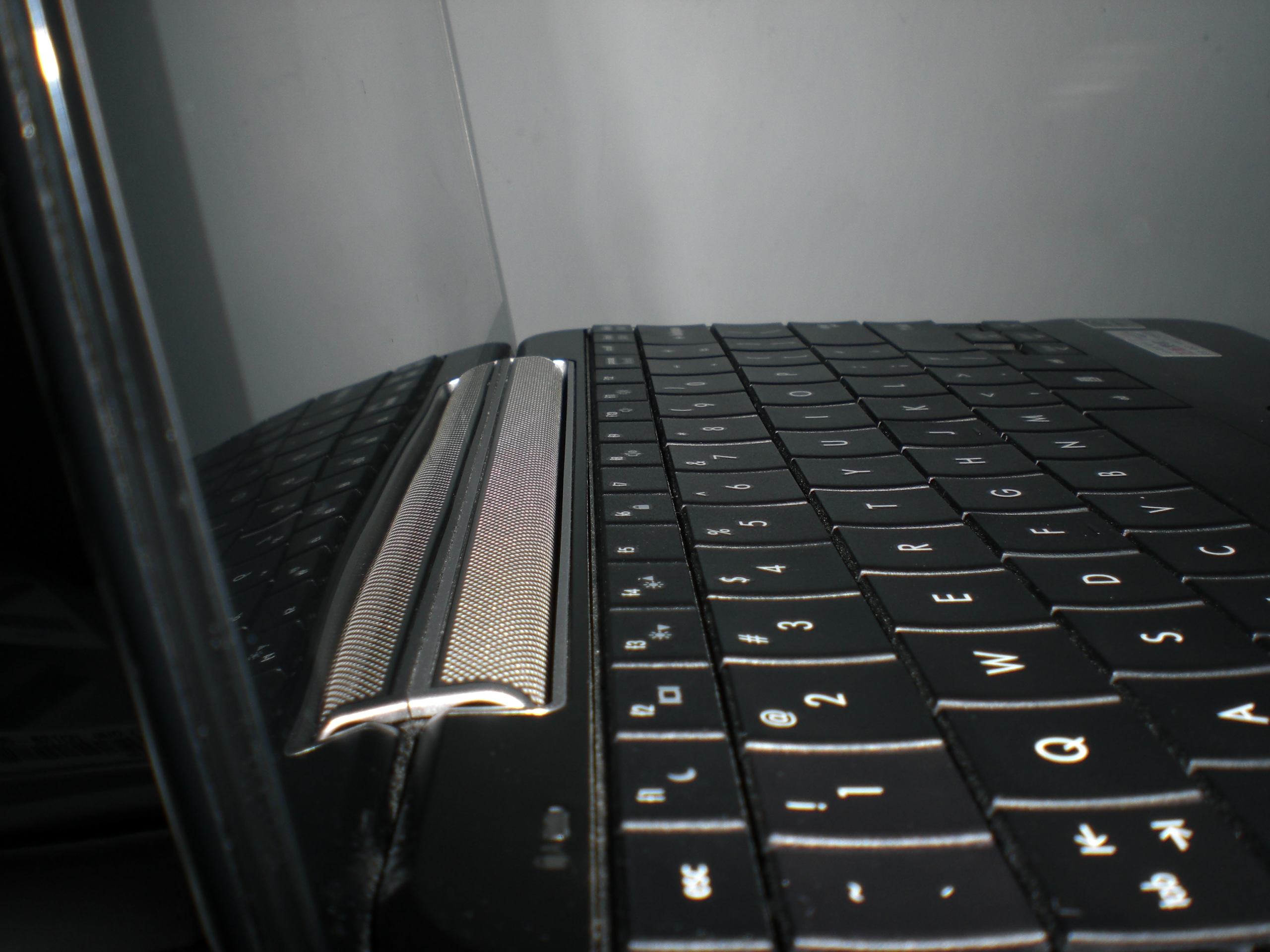My Mini 311-1002TU is taking a
2-3 week sabbatical (actually I'm risking 4 weeks to a bit more than a month) but obviously I cannot not blog. Like
one blogger I really like reading, I blog because I think everyone is entitled to my opinion. I'm talkative that way. Imagine living within 2 meters in proximity of me. Correct, it'll drive you nuts.
So I cannot be stopped writing. Since I can't participate in any
testing for the HP Mini MacBook Pro 311 and thus unable to write about that specific netbook, I figured I'll write about something that's generic OSx86. And I definitely think it'll benefit those who've actually turned this personal blog into a Technical Support Page. ;-)
Let's get to one question that was posted on my Cbox (
no, I've no intentions of answering if a huawei xxx 3g USB dongle would work in OS X Snow Leo because I don't have that hardware the Huawei E1550 usb dongle modem works as per hyunlee :)); I'm referring rather, to this one:
hyunlee: hi guys, how do i change the serial no.?
The quick answer: Edit your smbios.plist.
Before I spill the beans and tell you which to edit in that file, allow me to share some useful (I hope) knowledge; What is smbios.plist?
Back in my early noob days, the only way I could experience OSx86/hackintosh is via custom distro's like iDeneb, Kalyway, and MSIWindOSX. In short, I had absolutely no idea what went under the hood that enabled mere third world mortal like me to taste the joy that is OS X and the beauty that is Aqua.
To give you a clearer picture of my pre-homo sapiens sapiens days, these are the questions that normally coursed through my mind as I watch my hackintoshed netbooks boot in verbose mode:
"What the bullocks does 'jettisoning kernel linker' mean?"
Not that I now know how jettisoning the kernel linker in OS X 10.5 Leopard really does - I still have absolutely no idea about that - but I've had a handful of epiphany that helps me from posting "stupid questions" being flamed in forums where the big guys are.
One of them is a component called the
smbios.plist
It's not just for editing the Serial No., that bit of information you see when you go check Apple menu > About this Mac > More info...(System Profiler). It's part that and a lot lot more.
Consider this scenario:
While I was still booting iDeneb OS X Leopard on my HP Mini 1001TU,
I had to hack my DVDPlayback framework so I could DVDPlayer with an external DVD drive. And then I dutifully bought a legal shrink-wrapped copy of Snow Leopard DVD from
PowerMac Center in Greenbelt 3 and upgraded my Mini MacBook following one of the guides I unearthed with patient Googling (you should all try Googling folks, it's an intelligent way to live in the OSx86 community). And what do you know? I fired up DVDPlayer and found out that even without that hack, it launched fine - and even without an external DVD drive! I was absolutely amazed!
A miracle!
No.
It was just that one of the files I downloaded to setup my boot configuration for Snow Leo then included this smbios.plist that contained values that transformed my HP Mini 1001TU into a MacBook Air in the eyes of Snow Leopard.
I had "Remote Disc" automatically displayed in my Finder Sidebar.
The icon for my HP Mini 1001TU was a tiny MacBook Air.
Real MacBook Airs don't have an internal DVD drive so it's natural that OS X should allow DVDPlayer to launch fine without that peripheral. It was all too obvious but I, the unsuspecting noob, didn't notice it of course.
So here's how you edit your smbios.plist to get that Serial No. fixed (EFI boot):
1) First access the EFI partition. This you can do by mounting the EFI partition manually or just use
Alter EFI v1.3 > Edit Others
2) Open the file "smbios.plist" (it's located inside Extra folder) with your favorite text editor (mine is
TextWrangler) and look for this key/string combination:
- CODE: SELECT ALL
<key>SMserial</key>
<string>W88033AKY51</string>
The serial no. goes into the string field. You can go mimic a real existing MacBook Air, or
create your own Mac serial.
3) Save your changes.
4) Umount EFI (click "Done" if you're using Alter EFI)
Note that the changes you made are applied after a reboot.












